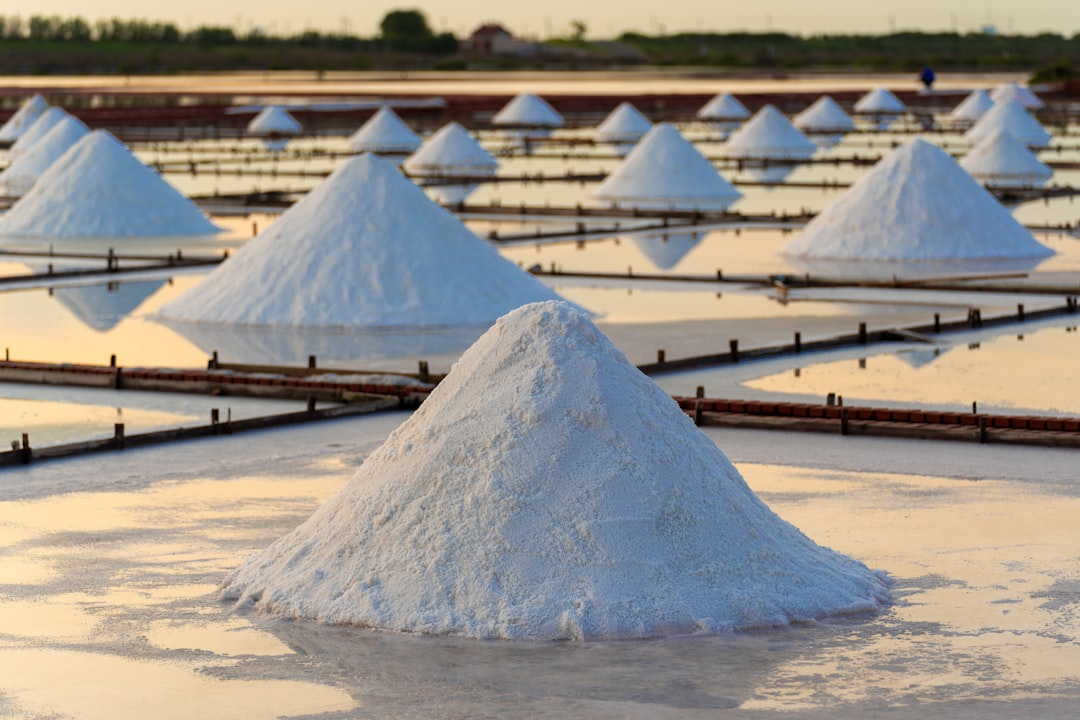What is it about?
The higher airborne microbial concentration in indoor areas might be responsible for the adverse indoor air quality, which relates well with poor respiratory and general health effects in the form of Sick building syndromes. The current study aimed to isolate and characterize the seasonal (winter and spring) levels of culturable bio-aerosols from indoor air, implicating human health by using an epidemiological health survey. Microorganisms were identified by standard macro and microbiological methods, followed by biochemical testing and molecular techniques.
Featured Image

Photo by Elena Mozhvilo on Unsplash
Why is it important?
At present, there is a lack of awareness about biological contamination in the indoor environment and their potential sources for the spreading of various infections.
Perspectives
This kind of strategy will act as a foundation for helping locals take precautions to keep themselves safe from exposure to harmful bioaerosols.
Rajeev Singh
Read the Original
This page is a summary of: Comprehensive health risk assessment of microbial indoor air quality in microenvironments, PLoS ONE, February 2022, PLOS,
DOI: 10.1371/journal.pone.0264226.
You can read the full text:
Contributors
The following have contributed to this page










